
Visitors on Saturday experience the debut of the Southampton African American Museum's "Digital Tapestry" immersive, historically focused virtual and augmented reality experience which uses a cell phone app. DANA SHAW
Visitors on Saturday experience the debut of the Southampton African American Museum's "Digital Tapestry" immersive, historically focused virtual and augmented reality experience which uses a cell phone app. DANA SHAW
Hope Dorsey, the granddaughter of Emanuel Seymore, reacts to seeing her grandfather in animated form at the debut of the Southampton African American Museum's "Digital Tapestry" immersive, historically focused virtual and augmented reality experience which uses a cell phone app. DANA SHAW
In animated form, Emmanuel Seymore, the original owner of the barber shop that later became widely known as Randy’s Barber Shop — located where the museum sits today, narrates a portion of the "Digital Tapestry." DANA SHAW
The East Hampton Library's Long Island Collection has put up a new exhibit featuring some of the tangible historical evidence of the presence of Black slaves in the households of wealthy local residents in the 17th and 18th centuries, who have rarely been acknowledged as playing a role in the growth of the community.
The East Hampton Library's Long Island Collection has put up a new exhibit featuring some of the tangible historical evidence of the presence of Black slaves in the households of wealthy local residents in the 17th and 18th centuries, who have rarely been acknowledged as playing a role in the growth of the community.
The East Hampton Library's Long Island Collection has put up a new exhibit featuring some of the tangible historical evidence of the presence of Black slaves in the households of wealthy local residents in the 17th and 18th centuries, who have rarely been acknowledged as playing a role in the growth of the community.
The East Hampton Library's Long Island Collection has put up a new exhibit featuring some of the tangible historical evidence of the presence of Black slaves in the households of wealthy local residents in the 17th and 18th centuries, who have rarely been acknowledged as playing a role in the growth of the community.
A portion of the Southampton African American Museum's "Digital Tapestry." DANA SHAW

Visitors on Saturday experience the debut of the Southampton African American Museum's "Digital Tapestry" immersive, historically focused virtual and augmented reality experience which uses a cell phone app. DANA SHAW
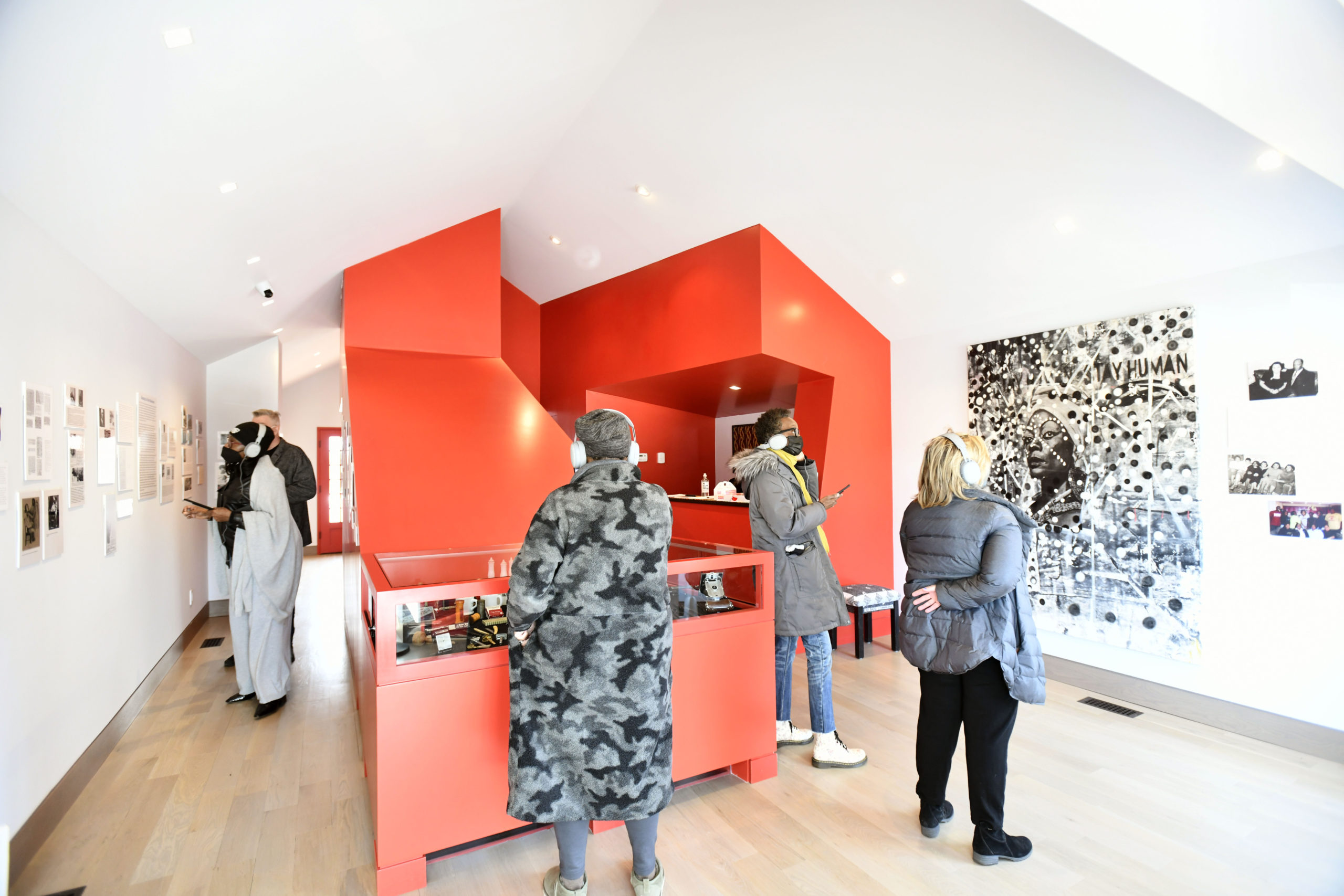
Visitors on Saturday experience the debut of the Southampton African American Museum's "Digital Tapestry" immersive, historically focused virtual and augmented reality experience which uses a cell phone app. DANA SHAW
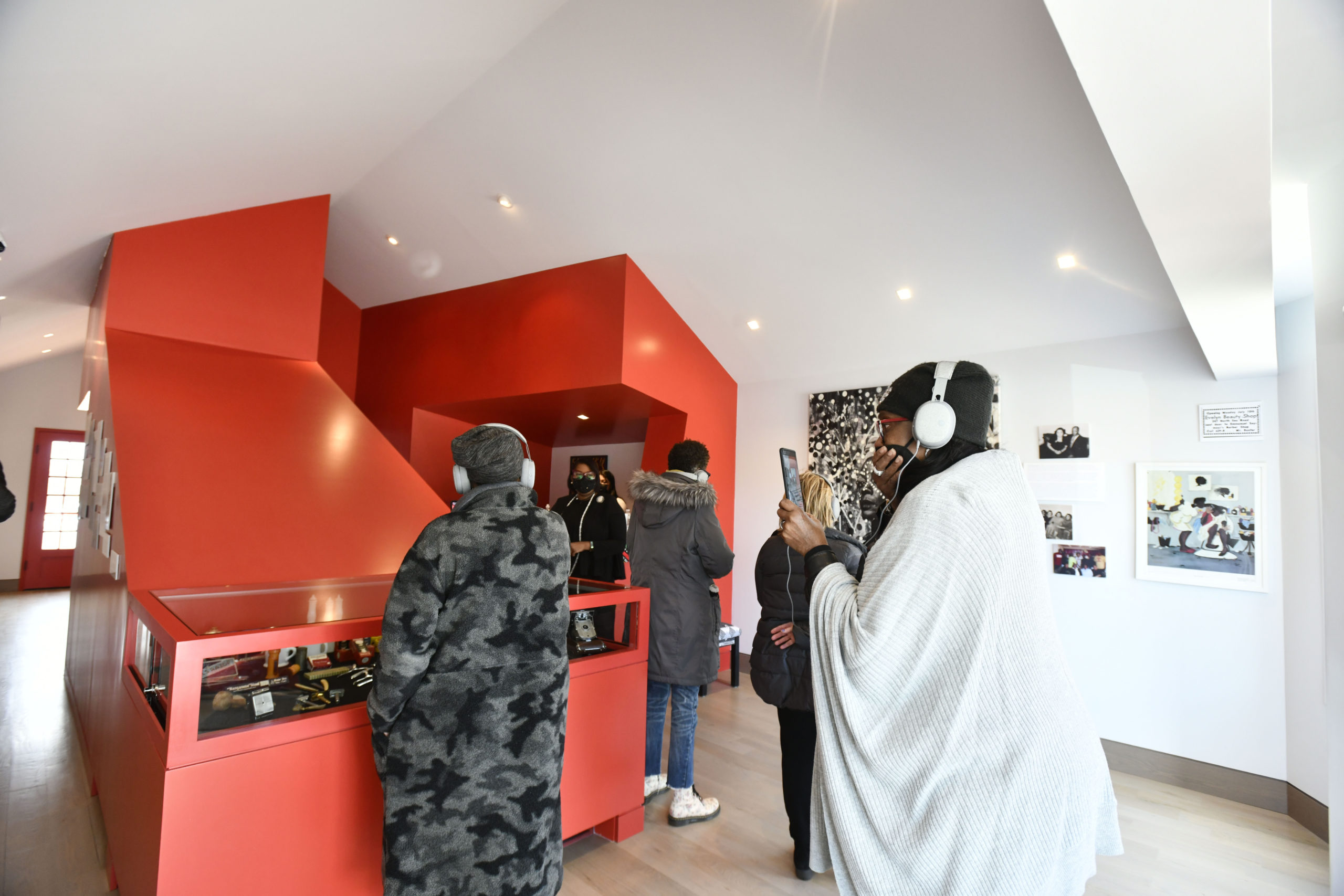
Hope Dorsey, the granddaughter of Emanuel Seymore, reacts to seeing her grandfather in animated form at the debut of the Southampton African American Museum's "Digital Tapestry" immersive, historically focused virtual and augmented reality experience which uses a cell phone app. DANA SHAW

In animated form, Emmanuel Seymore, the original owner of the barber shop that later became widely known as Randy’s Barber Shop — located where the museum sits today, narrates a portion of the "Digital Tapestry." DANA SHAW
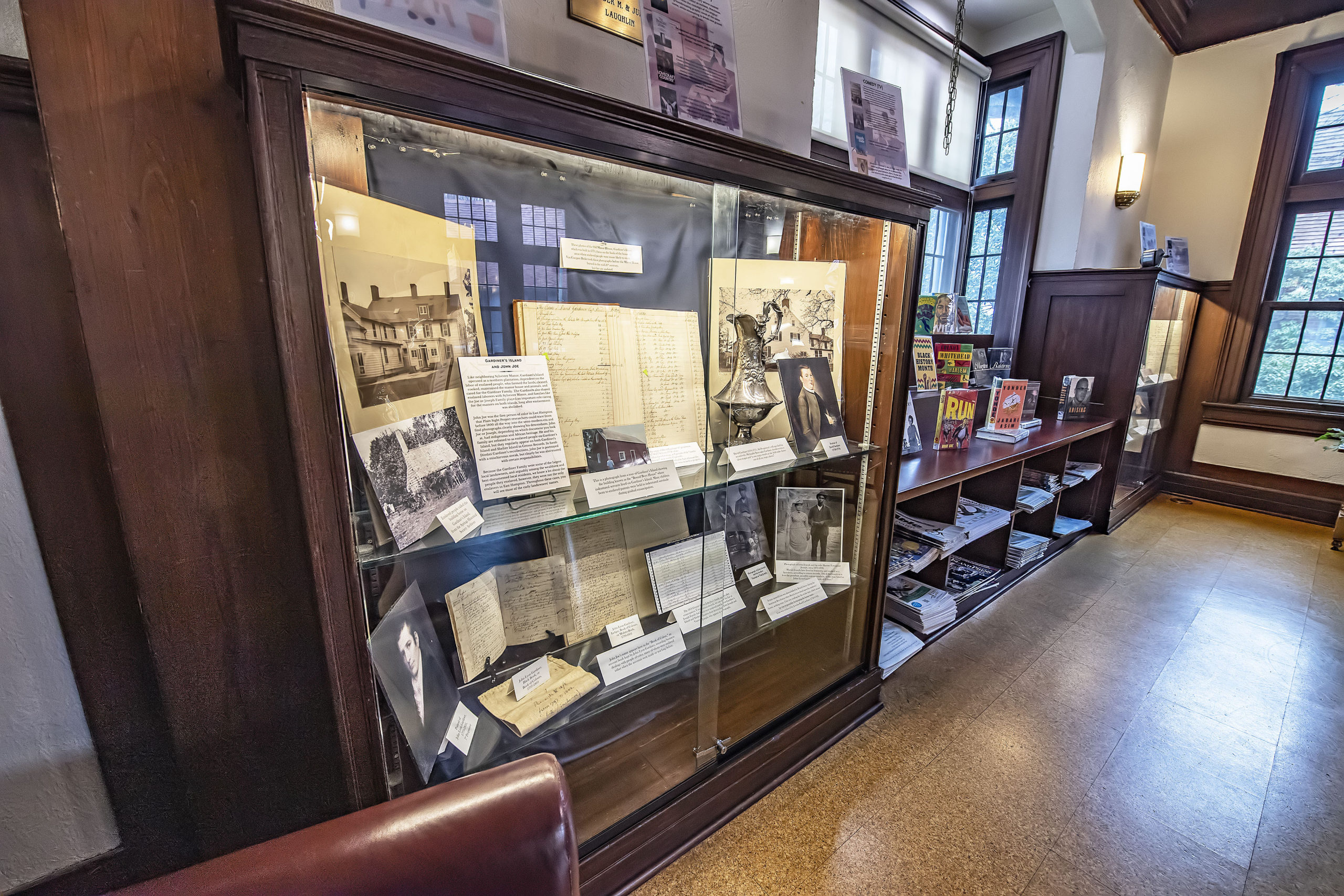
The East Hampton Library's Long Island Collection has put up a new exhibit featuring some of the tangible historical evidence of the presence of Black slaves in the households of wealthy local residents in the 17th and 18th centuries, who have rarely been acknowledged as playing a role in the growth of the community.
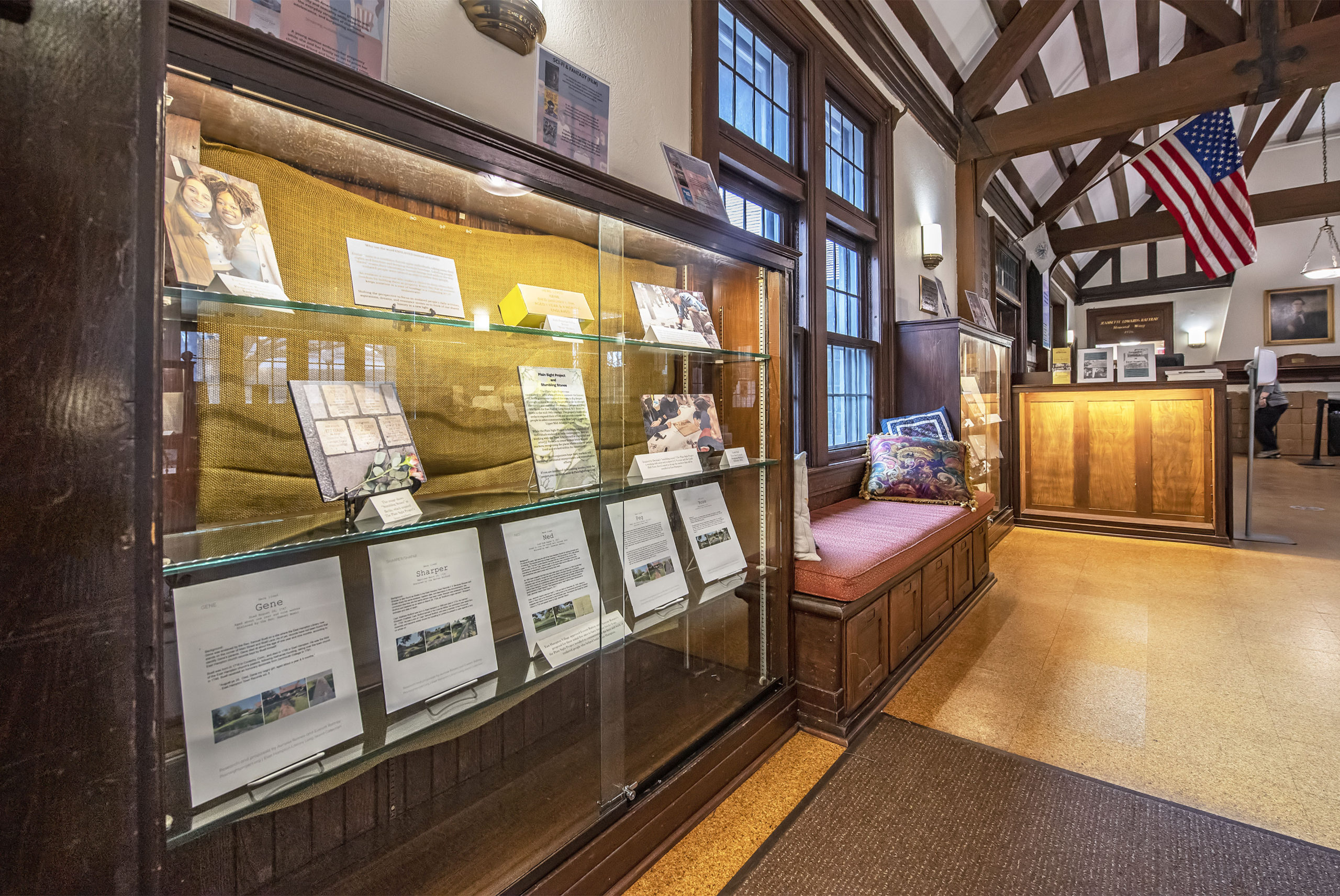
The East Hampton Library's Long Island Collection has put up a new exhibit featuring some of the tangible historical evidence of the presence of Black slaves in the households of wealthy local residents in the 17th and 18th centuries, who have rarely been acknowledged as playing a role in the growth of the community.
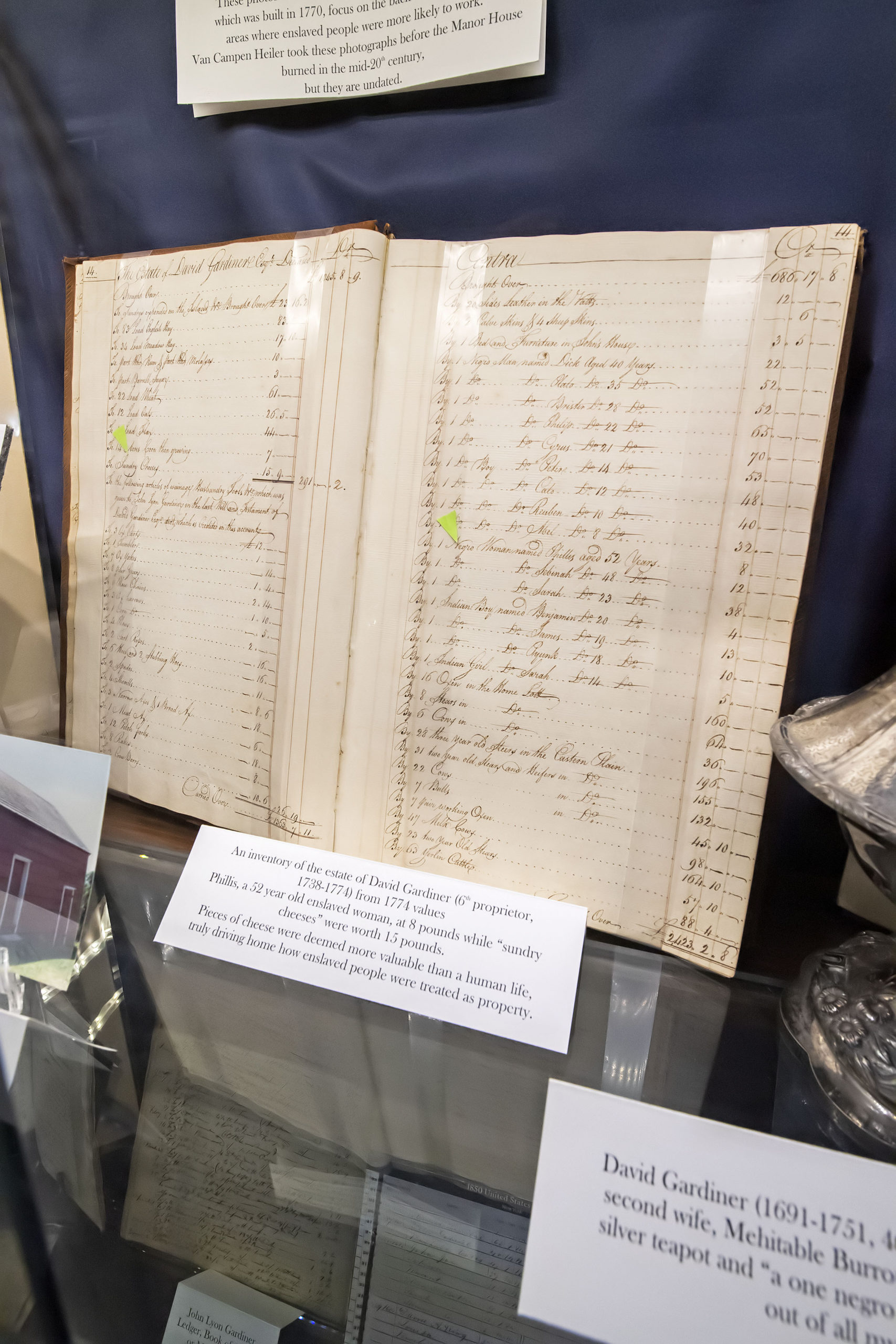
The East Hampton Library's Long Island Collection has put up a new exhibit featuring some of the tangible historical evidence of the presence of Black slaves in the households of wealthy local residents in the 17th and 18th centuries, who have rarely been acknowledged as playing a role in the growth of the community.
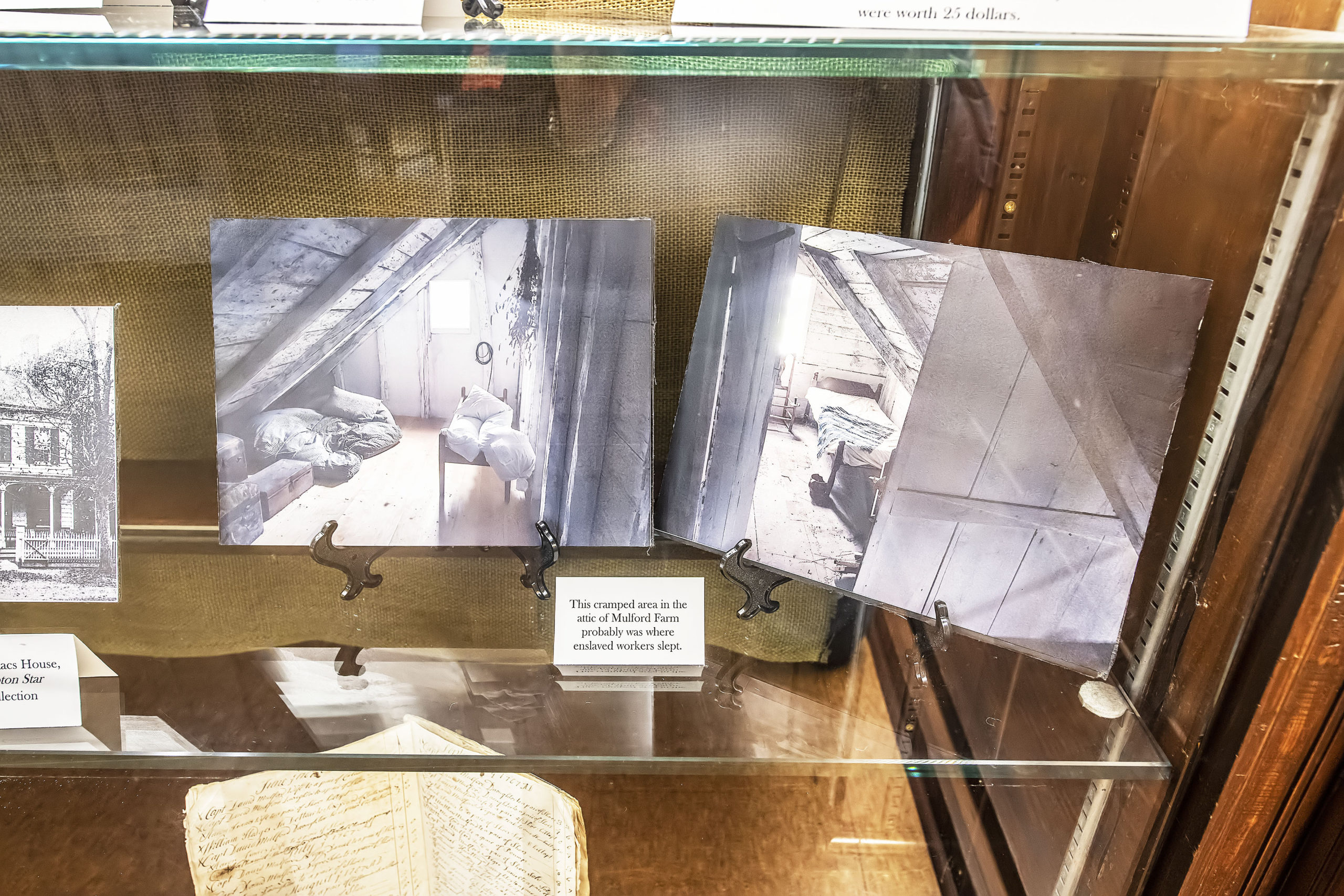
The East Hampton Library's Long Island Collection has put up a new exhibit featuring some of the tangible historical evidence of the presence of Black slaves in the households of wealthy local residents in the 17th and 18th centuries, who have rarely been acknowledged as playing a role in the growth of the community.
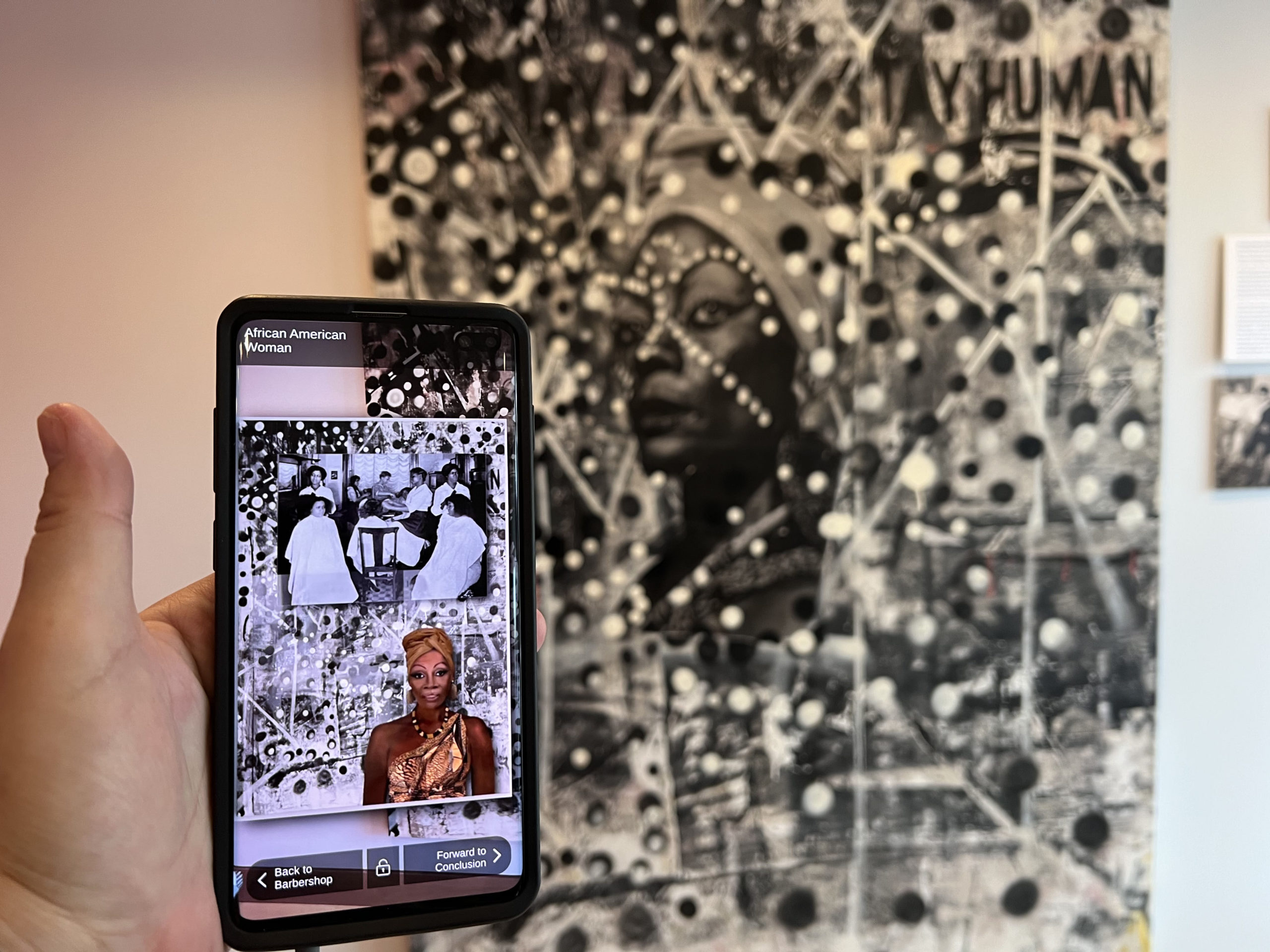
A portion of the Southampton African American Museum's "Digital Tapestry." DANA SHAW
We're happy you are enjoying our content. You've read 4 of your 7 free articles this month. Please log in or create an account to continue reading.
Login / Create AccountWe're happy you are enjoying our content. Please subscribe to continue reading.
Subscribe Already a Subscriber



 Michael Wright on Feb 23, 2022
Michael Wright on Feb 23, 2022